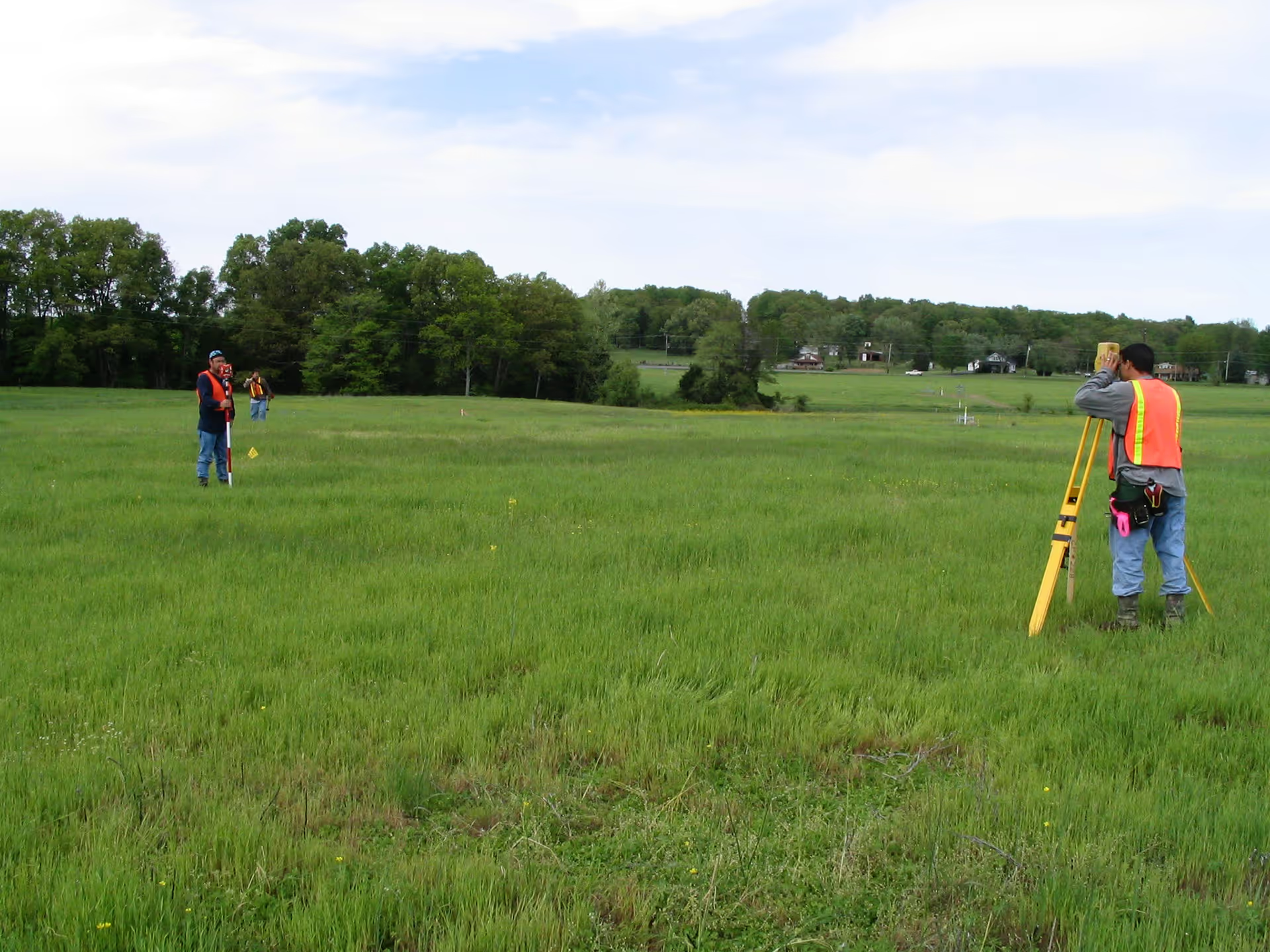
Texas Gas Transmissions, LLC
Frequently Asked Questions

Have questions about pipeline projects, landowner rights, compressor stations or safety practices? Below you will find answers to some of the most commonly asked questions.
Federal rules require us to make a reasonable, good faith effort to notify all affected landowners, communities and towns as well as local, state and federal governments and agencies affected by a proposed project. We will mail landowner packages with details about the project and, if necessary, hold an open house to provide information about the project. In addition, FERC will send those landowners a copy of the Environmental Assessment or Environmental Impact Statement produced for the project, which characterizes the project's environmental impacts, evaluates other alternatives to the final site selected for the project and allows individuals to participate in the application process.
Yes. Our representatives will notify landowners of the construction start date affecting his or her property. This will allow the landowner to schedule any activities in ways to minimize inconvenience where possible. However, the availability of equipment, weather and other factors can be unpredictable and might affect the actual start date. All landowners will be notified of any significant changes to the construction timeline.
Landowners may build up to, but not on, the pipeline right of way, subject to applicable restrictions.
Landowners may experience construction activities on their property for 1 to 2 months, and land restoration may take 3 to 6 months, depending on conditions such as weather. We work to minimize disturbance and keep activity moving forward efficiently.
Construction traffic will be limited to the pipeline right-of-way and temporary workspace areas, all of which are pre-approved with the landowner. Only these roads agreed upon in advance will be used by the construction crews.
The right-of-way will be graded after construction to allow normal water drainage. All drainages will be restored as close as possible to their original patterns. The right-of-way may be terraced, seeded, mulched or otherwise stabilized to prevent erosion.
We protect soil health by removing and storing the top 12 inches of soil to allow for re-establishment of the original soil profile in agricultural fields, hayfields, or other fields used for crops. In areas where there is less than 12 inches of topsoil, all of the topsoil will be removed and stored separately. Once construction is complete, the subsoil will be placed into the trench first, followed by the topsoil.
While uncommon, if this occurs, you may contact our personnel should this happen. Landowners are asked to point out the location of any underground utilities or structures to our land agent prior to construction to minimize the potential for disruptions.
No. Texas Gas is a transporter, not a supplier. We do not sell gas directly to individuals. This pipeline is used for transporting natural gas to interstate market areas in the United States where it can be distributed by local distribution companies or used as fuel in power generation for industrial facilities. Please contact your local gas utility company to ask about natural gas service.
Compressor station questions
The noise attributable to a new compressor station, or any modifications to existing stations, must not exceed a day-night average noise level of 55 dBA at any pre-existing noise-sensitive areas such as schools, hospitals or residences. Our facilities are designed to meet this standard, and we conduct sound testing to confirm compliance after startup.
Yes. All stations are subject to the U.S. Department of Transportation (US DOT) Minimum Safety Standards. Natural gas transmission compressor stations are engineered, constructed, operated and maintained in accordance with Pipeline and Hazardous Materials Safety Administration (PHMSA) safety standards. Compressor stations are constructed with multiple safety systems, such as gas and fire detection systems and emergency shutdown equipment. In the event of an accident, these systems have been designed to shut down operations safely while minimizing risk to the public or the environment.
Minor vibrations may occur near the station site, but are rarely felt beyond the facility boundary. We conduct vibration and pulsation analysis during and after design, and make adjustments if needed. It is sometimes necessary to install dampeners or supports after the station is running to to further reduce pulsation and vibration.
Owners of property adjacent to a compressor station may build on their land, subject to local requirements and any existing right-of-way agreements.
Resources from the Interstate Natural Gas Association of America (INGAA):
- The facts about living near a natural gas transmission compressor station
- How the Regulatory Process Protects those living near Natural Gas Transmission Compressor Stations
Safety questions
Safety is a core value and primary focus. We monitor pipelines 24/7 through our Pipeline Control Center. Our compressor stations are fenced and monitored with 24 hours a day, 7 days a week controlled access. Natural gas pipeline systems are designed and constructed in accordance with the pipeline safety standards established by industry experts and the US DOT.
The safety of our personnel and those in the surrounding community is our top priority. If an emergency occurs, we coordinate with local first responders as quickly as possible to isolate the area and notify the public as appropriate.
General questions
Visit our Careers Page to explore job openings and learn more about working with us.
Visit our parent company, Boardwalk Pipelines, to learn about our operations and leadership.
Explore our Integrating Sustainability and Our Impact pages to learn how we support environmental stewardship and local communities.
